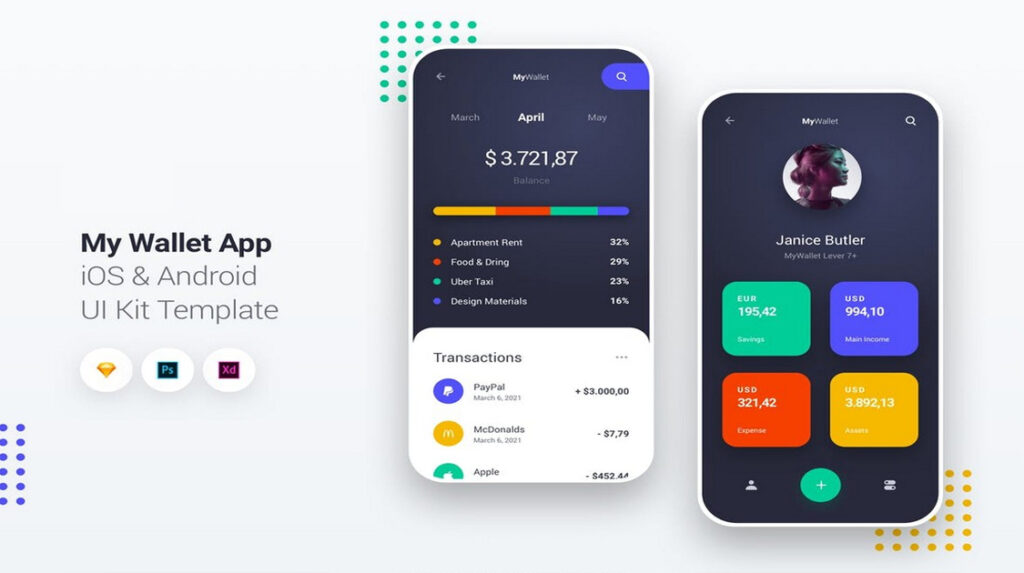
A mobile application, commonly known as a mobile app, is a software application designed to run on mobile devices such as smartphones, tablets, or wearable devices. Mobile apps are built specifically for the mobile platform and leverage the unique features and capabilities of these devices, such as touch screens, GPS, camera, accelerometer, and more.
Mobile applications can be broadly categorized into two types:
- Native Apps: Native apps are developed for a specific mobile platform, such as iOS (for Apple devices) or Android (for devices running on the Android operating system). They are written in platform-specific programming languages like Swift or Objective-C for iOS and Java or Kotlin for Android. Native apps can fully leverage the device’s features and offer superior performance. However, developing native apps for multiple platforms requires separate codebases and maintenance.
- Hybrid Apps: Hybrid apps are developed using web technologies such as HTML, CSS, and JavaScript. They are then wrapped in a native container that allows them to be installed and run on mobile devices. Hybrid apps offer cross-platform compatibility, as the same codebase can be used for multiple platforms. They can be developed using frameworks like React Native, Ionic, or Xamarin. However, hybrid apps may not provide the same level of performance as native apps.
The process of developing a mobile application typically involves the following steps:
- Idea and Planning: Define the purpose and goals of the mobile app, identify the target audience, and determine the key features and functionalities it should offer. Conduct market research and create a detailed plan.
- Design: Create wireframes and design mockups to visualize the app’s user interface (UI) and user experience (UX). Pay attention to the app’s branding, navigation, and overall aesthetics.
- Development: Based on the chosen platform and development approach (native or hybrid), start building the app. This involves coding, integrating APIs, implementing features, and testing the app on different devices.
- Testing: Perform rigorous testing to identify and fix bugs, ensure proper functionality, and optimize performance. Test the app on various devices, screen sizes, and operating system versions.
- Deployment: Publish the app on the respective app stores, such as the Apple App Store or Google Play Store. This requires following specific guidelines, providing necessary information, and adhering to the platform’s policies.
- Maintenance and Updates: Continuously monitor and maintain the app, addressing user feedback, fixing bugs, and releasing updates to introduce new features or enhance existing ones.
Mobile applications can serve various purposes, including entertainment, productivity, social networking, e-commerce, education, health and fitness, and more. The choice between native and hybrid app development depends on factors such as target audience, budget, time constraints, and desired features.
It’s worth mentioning that the mobile app development process often involves collaboration between designers, developers, testers, and project managers to ensure a successful and user-friendly app that meets the intended objectives.